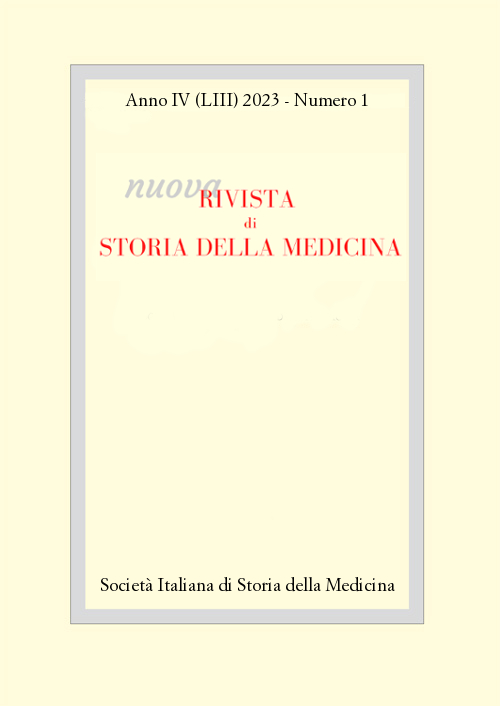Il Teatro anatomico di Bologna Parte III - Dal 1796 al 1930
DOI:
https://doi.org/10.13135/2724-4954/7630Abstract
In this article I aim to analyze the anatomical theatres built after the closure of Archiginnasio, the historical seat of Bologna University. I studied a period of time of almost one century and half, in which decisive political events had strongly influenced the progress of science. In the introduction, I will point out how Bologna University was reluctant to left its central historical headquarter, so closely connected with urban tissue. Citizens of Bologna pressed the government for maintaining al least the anatomical lessons in the ancient space, but French interference and regulation from Milan impose the faculties to move in the north-east part of the city. Post-Archiginnasio history of anatomy in Bologna can be divided in three parts and, consequently, in three different theatres: Napoleonic period (1796-1815) and the theatre of Giovanni Battista Martinetti in former Jesuit novitiate of St. Ignatius; last Vatican period (1815-1860) and the theatre of Filippo Antolini in Palazzo Poggi; post-unification period (1860-1930) and the anatomical amphitheatres of the institute of normal and pathological anatomy in the new Irnerio street.



